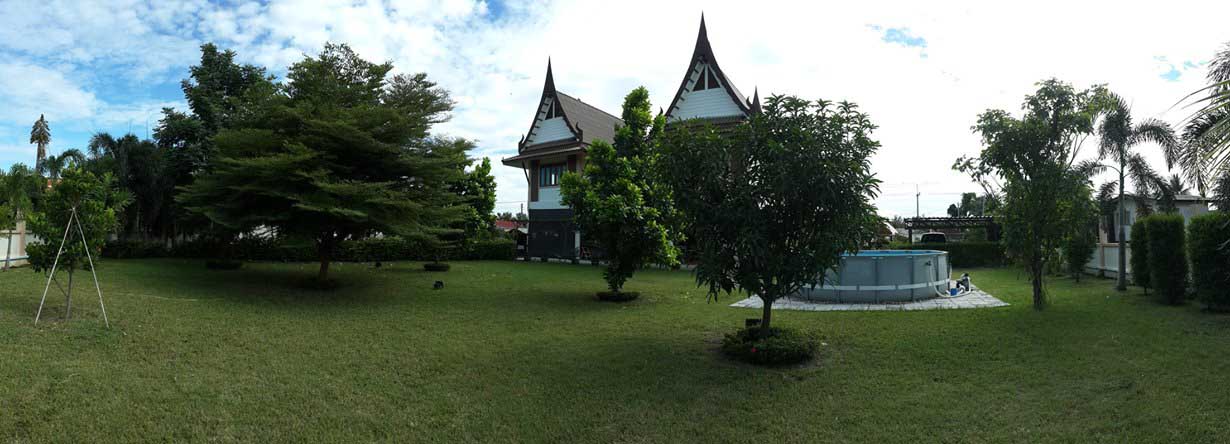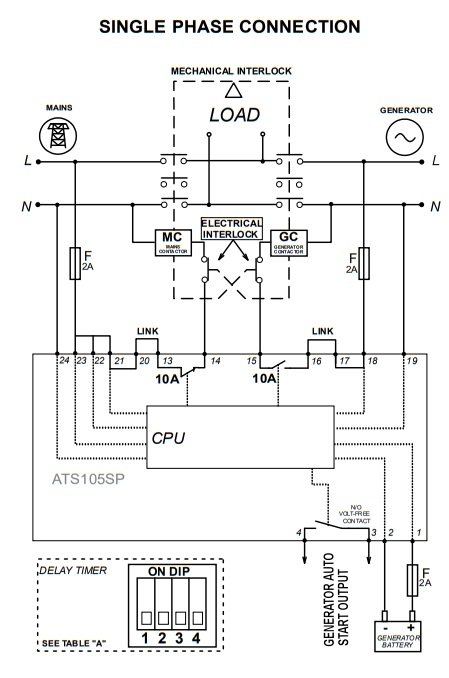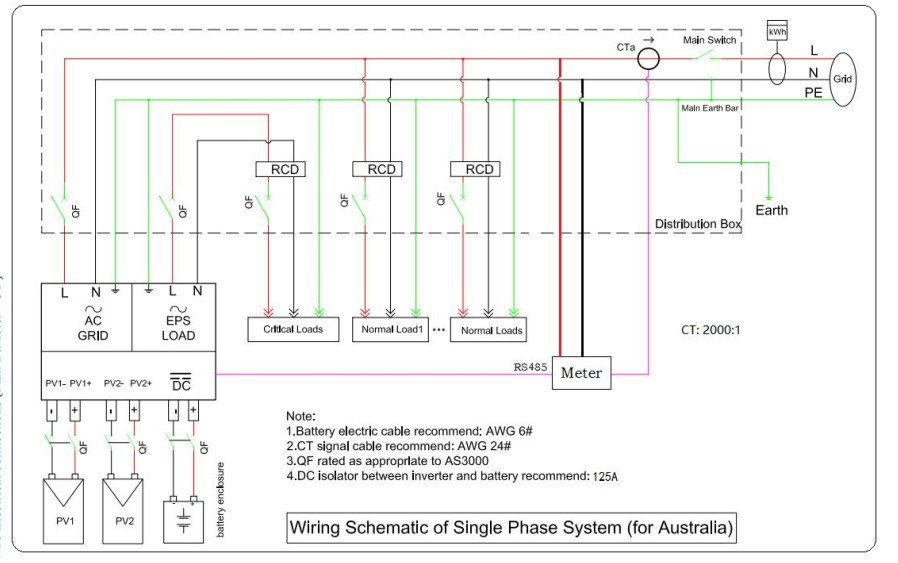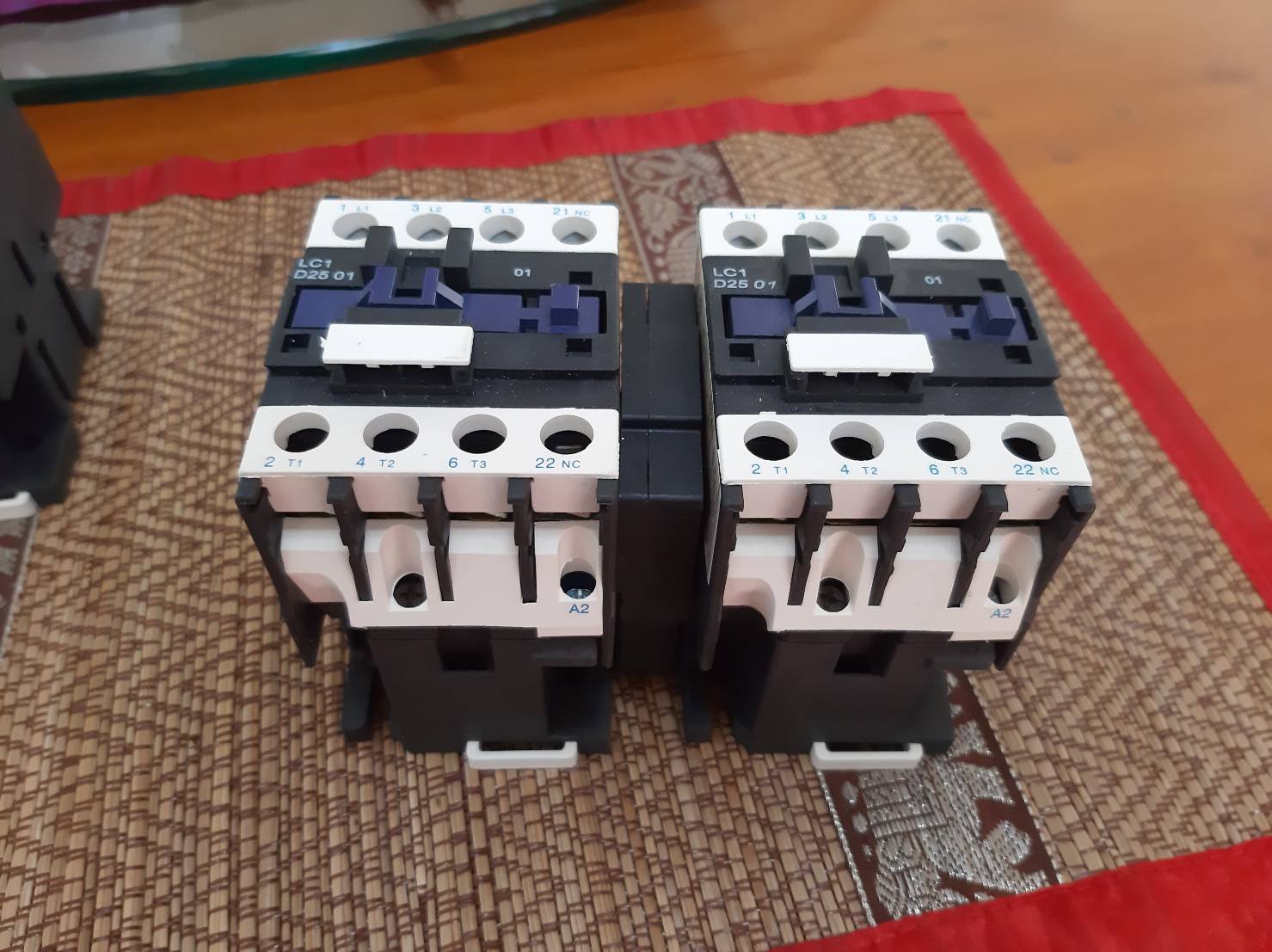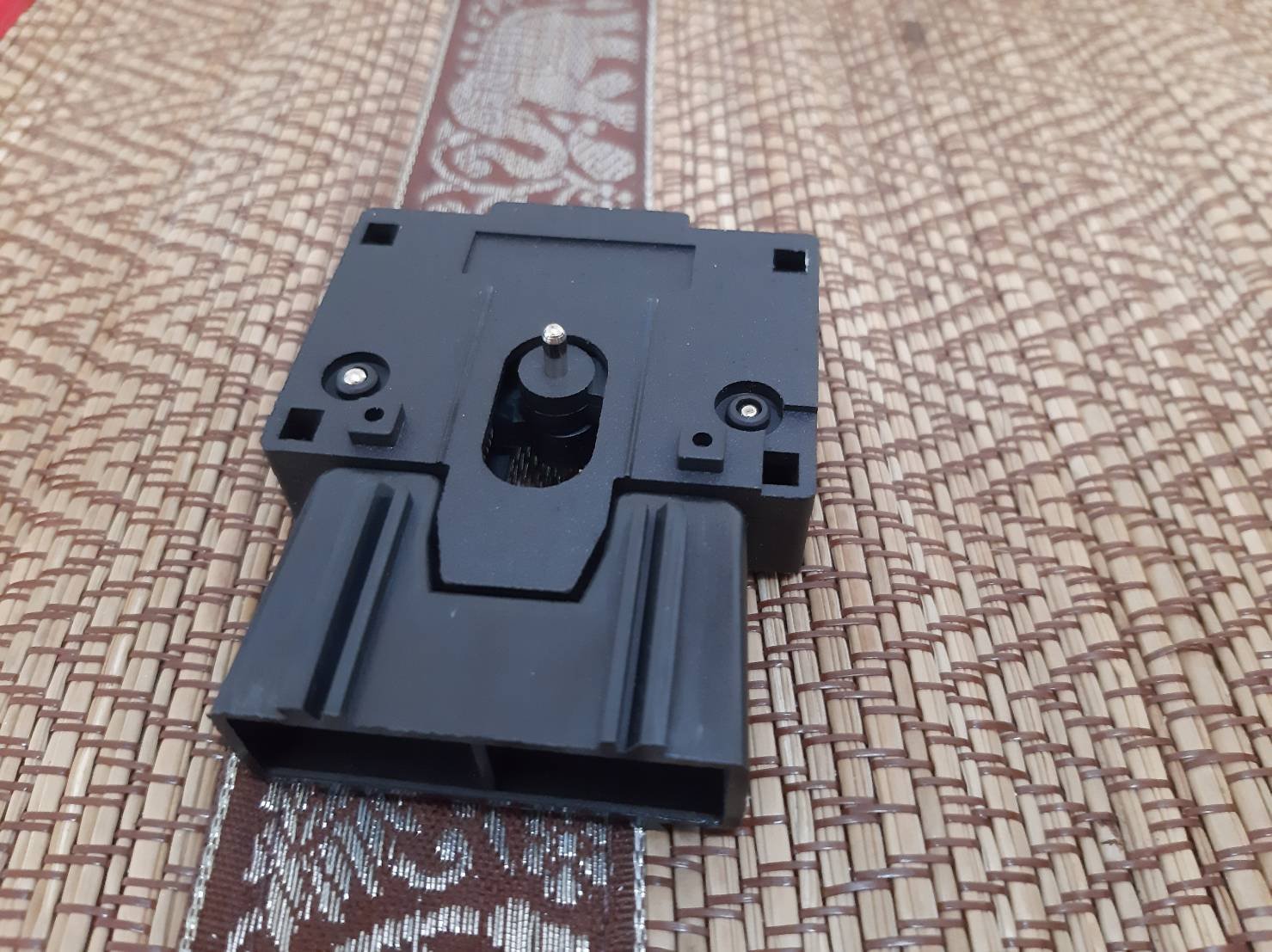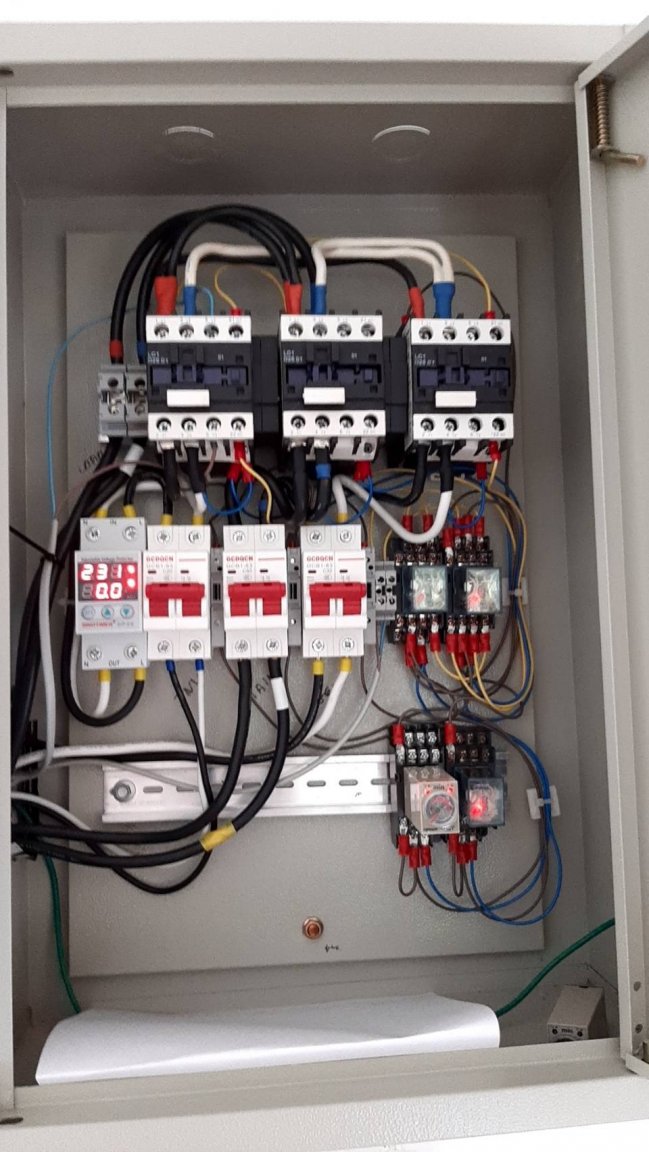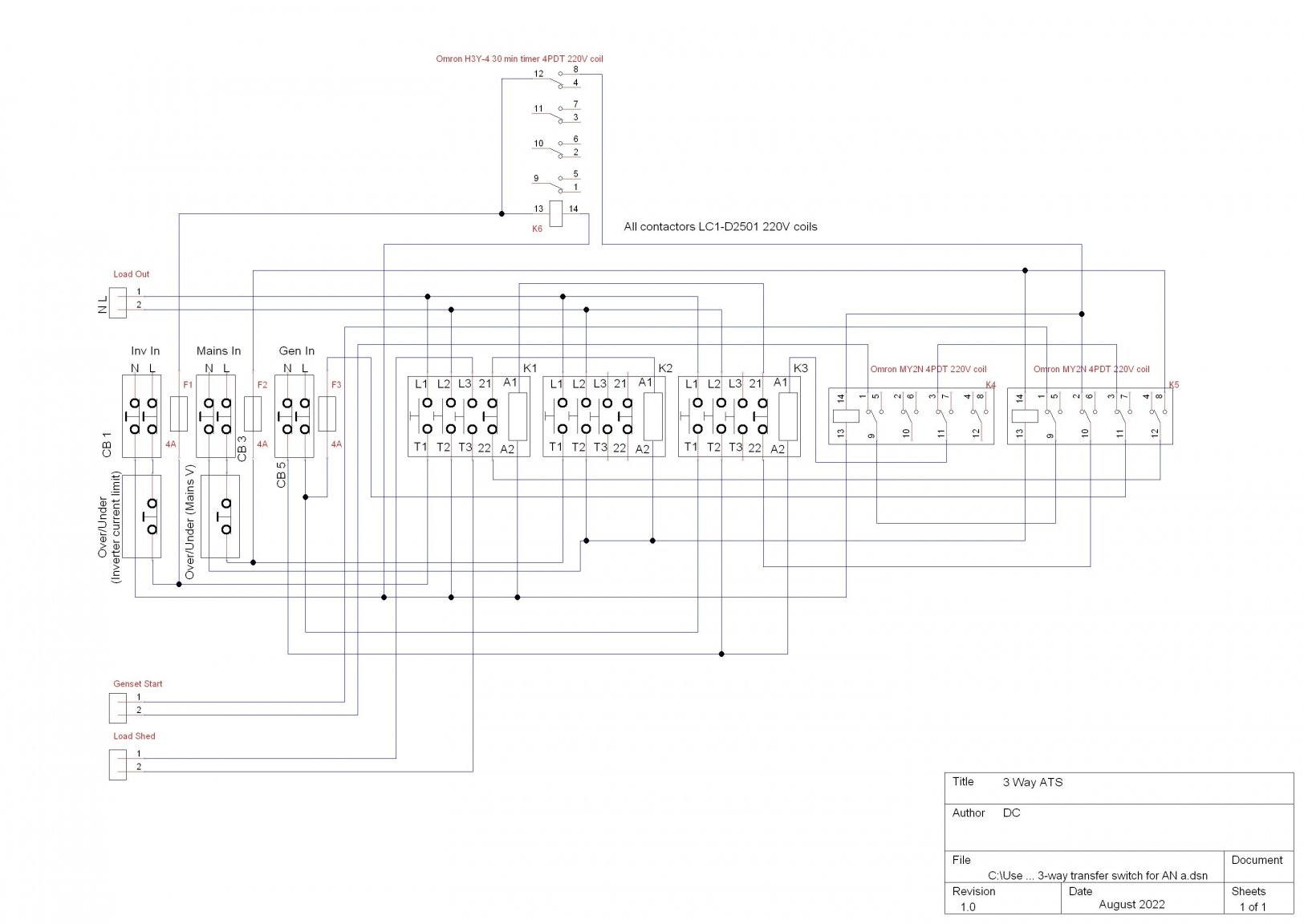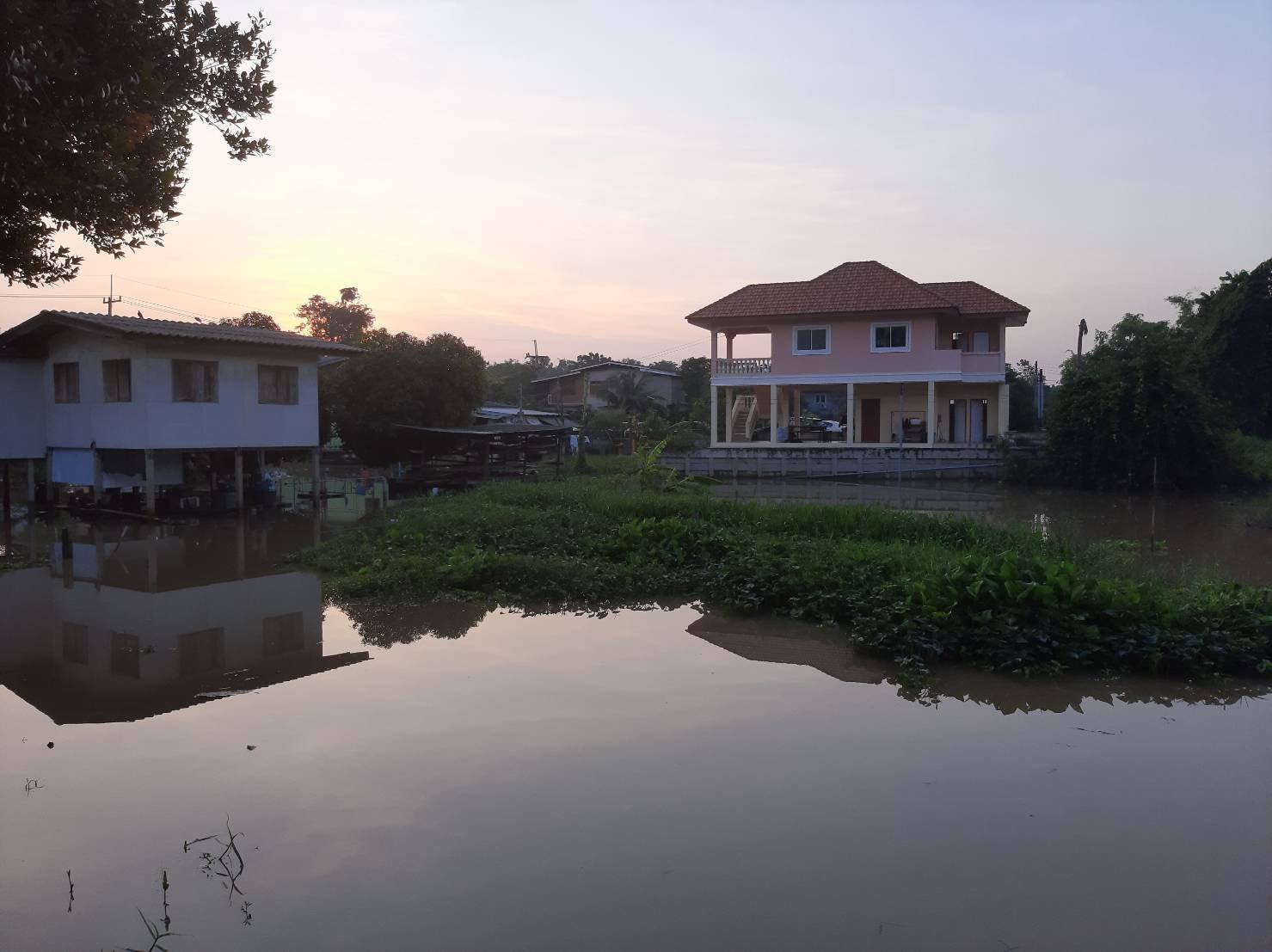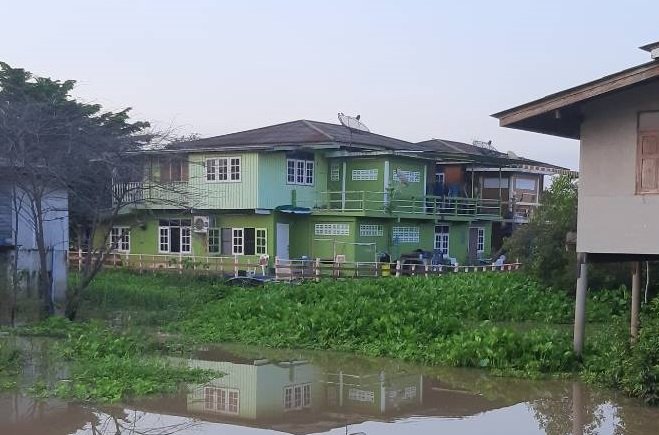-
Posts
46,463 -
Joined
-
Last visited
-
Days Won
2
Content Type
Events
Forums
Downloads
Quizzes
Gallery
Blogs
Everything posted by Crossy
-
I would just use simple mild steel strip from your local steel chap. It comes in 6m lengths but most places will cut it for you. Drill your holes then clean and degrease before prime and paint or, as above, get it powder coated. Unless it's out in the weather corrosion won't be an issue.
-

Switch between grid and off grid system in same house
Crossy replied to Elik's topic in Alternative/Renewable Energy Forum
If you want backup power then your original idea will do the trick. If your inverter has no grid connection at all then using an ATS as you describe is the way to go, installing an ATS does not require any approval from PEA etc. and if done correctly you can never (try to) power the grid from your inverter. Many "off grid" inverters do have a mains input so they can charge the batteries or power the load from the mains if there's no sun and the batteries are dead. These units cannot export. To the outside world they look like a battery charger, again perfectly legal to install. There is an advantage with going this way as the inverter itself provides the ATS facility. On grid-tie inverters. I've never come across a domestic grid-tie inverter that does not implement island-protection to prevent back-feeding into a dead grid. It's easy enough to verify that your unit behaves as expected. Connect your inverter (with panels of course) to an outlet via a power strip and plug a small lamp into another outlet on the power strip. Pull the plug from the wall outlet. The lamp should extinguish. Easy ???? -

How about a DIY three-input Automatic Transfer Switch?
Crossy replied to Crossy's topic in Alternative/Renewable Energy Forum
Always a point of concern. All commercial single-phase ATSs are 2-pole and switch the neutral. Three-phase is another animal altogether, an open neutral on a live system is very bad news. EDIT This is from the manual of a commercial ATS system. The incoming supply is TNC-S with MEN, standard Thai installation, the N-E bond is at the mains incoming breaker. So, when on mains there's no issue. The genset has no N-E link, it's a baby (6kVA) beast. So, on genset we have an IT (floating) system, it actually wouldn't be a major job to add a N-E link at the genset and make it TT. Adding that to my list, although it's been operating for 10 years wired as IT. The inverter is possibly more, er, "interesting". The mains inlet comes directly from the incoming mains supply (after our under/over voltage device) so in normal operation the neutral is bonded. When in EPS mode it's unclear what it does with the outgoing neutral so I'm assuming it to makes an IT supply. The inverter is a transformerless, high-frequency type so I'm loathe to start adding earths anywhere that's not specifically intended to be grounded. From the inverter manual, I see an RCD on the EPS output so there should be a neutral ground somewhere. I just did a test with my patented RCD tester (2W lamp on test probes). Running on mains. RCD trips when lamp connected L-E = PASS. Running on inverter (incoming mains isolator open meaning incoming N-E bond is still in place). RCD trips when lamp connected L-E = PASS. So, whilst I'm not totally sure how the inverter handles the N when in EPS mode, I do know that any RCD protection connected to that output functions as expected. -

How about a DIY three-input Automatic Transfer Switch?
Crossy replied to Crossy's topic in Alternative/Renewable Energy Forum
Contactors are not inexpensive and the accessories (like mechanical interlocks) can be difficult to come by locally. In fact, I wasn't going to build this unit until I came across this item on Lazada https://www.lazada.co.th/products/i3007531853-s11043074833.html That's a 3-phase "reversing" contactor, but it actually consists of two normal contactors plus a mechanical interlock. At 450 Baht it's an absolute steal, so I bought two, giving me the required 2 mechanical interlocks plus a spare contactor for under a grand! Result! At time of writing there is still stock, so if you're thinking of doing this get in there quick ???? It all just clips together so re-configuring to a group of 3 contactors plus 2 mechanical interlocks was a piece of cake. Clipping it all onto a DIN rail holds it together, although a couple of extra screws into the backplate is a wise addition. IMPORTANT NOTE: As designed, the mains contactor is the one in the centre, ensuring that if it is energised the other two cannot operate. If you re-configure the logic I would ensure that the mains contactor is still the centre one for maximum safety. -
It's been a while since we had a thread from Crossy Labs. So here we go with something to make the little grey-cells work. I put this unit together to meet a specific need but the basic design could be adjusted for different scenarios. This design uses relay-logic and commercial timers and under/over units so there's no software to worry about. When developing any kind of transfer switch it is imperative that :- The mains and either of the other inputs cannot be connected to the load at the same time (not good for the inverter or genset). It is vital that it is impossible for the inverter or genset to back-feed into a dead grid (to protect the chaps trying to get your power back on). The contactors used are good for 40A continuous current, this should be adequate for a 15/45 supply if you move your big loads (water heaters) to the non-controlled side of the switch and only run your domestic loads via the switch. Other than cost there's no reason that bigger contactors with the same contact arrangements cannot be used. The contactors are electrically interlocked so that, if the mains is on (and within the required voltage range) neither of the other two contactors can be energised thus isolating the inverter and genset from the load. As a "just in case" backup the contactors are also mechanically interlocked with the same requirement. The mechanical interlock is there as a final safety function (should a relay get stuck or similar), in normal operation it never comes into play. This transfer switch is intended to work with the EPS (Emergency Power Supply) output of our Sofar grid-tie hybrid inverter. The logic works like this:- Mains on = load powered by the mains (the grid-tie inverter is also operating). Mains off = load powered by the inverter EPS output (some loads are shed) Mains off + Inverter off (batteries flat or overload tripped) = load powered by the genset (shed loads are restored as the genset has a bit more oomph) To whet the appetite, here is a photo of the completed unit. And the circuit diagram. Note that there are a couple of differences between the diagram and the unit as implemented due to the topography of our distribution boards. The original TinyCAD file should you want to fiddle with it. 3-way transfer switch for AN a.dsn If that's not scared you off then more details are coming in the following posts.
-
-
An epic struggle was captured by our CCTV starring a Black-crowned Night Heron (Nycticorax nycticorax), which figures as it was about 8PM. He spent a full 10 minutes failing to swallow his catch before being spotted by the dogs and flying off (catch still in beak). My Movie.mp4
-
The use of AC rated MCBs on DC circuits has been discussed a few times, but what about mis-wiring of DC MCBs? Check those polarity and direction markings. It matters!
-
Does anyone have experience of how PEA or MEA handle meters that are not accessible due to flooding? Our meter man is due over the next couple of days, if he has his wellies and comes at his regular time (which just happens to coincide with low tide) all will be good. But what happens if he can't get to the meter? Do they just wait until next month or something else?
-
Well here we go again the river is on the up already so I will attempt to post daily images. You can monitor for yourself at the Pakkret water level monitor site Pakkret Water Report (thaiclouderp.com) it seems not to work with Chrome now. So a couple of photos from our back garden, the village is already a bit "moist". The usual "Green House" which is located here - 14.054011343688499, 100.55204306162572 And a view in the opposite direction.
-
Some of you may remember us building this back in 2015. Thread here https://forum.thaivisa.com/topic/481794-housebuilding-thread/?do=findComment&comment=9603407 Well the time has finally arrived for me to get my finger out and actually put some solar on the car port. We spoke to our local PEA office who were quite enthusiastic and helpful until we said we didn't want to join the government scheme (IIRC it's called My Solar Roof), the contract was too long and restrictive and the feed-in rate silly. So, we are NOT permitted to spin the meter backwards (net-metering) - At least not officially "don't let the meter reader see it going backwards" said the supervisor (he's not over enamoured with the government scheme either). That along with the costs associated with doing the job "officially", approved inverters, approved installers (no DIY) decided me to do this on the QT. Luckily for us (but not my wallet) we have a standing load of about 1100 Watts (mostly Madam's koi and the freezers), our base consumption hasn't gone below 1000 W for the last year or so (yes, I'm sad, we keep a log - ok the supply monitor does). So 1000W or so of solar would cover the base without the meter going backwards and still produce a visible saving on the power bill. A quick and dirty estimate:- 1000W x 5 hours per day = 5 units per day generated. Times 30 days per month = 150 units per month. @ 4 Baht per unit thats 600 Baht per month = 1 case of beer!! Our bill is usually 5500-6000 Baht so 10% reduction, enough to keep Madam's green desires happy. So I went shopping:- 4 x 300W solar panels from Global House - On offer at 3,890 Baht a pop. 2 x 600W WVC micro-inverters from AliExpress - 6,500 Baht for the two including duties and VAT. The cost of the "proper" mounting hardware scared me so a visit to our local steel supplier got us 11/2" square x 2mm wall thickness at 300 Baht a 6m length. I got 6 pieces, we don't need it all for 4 panels but I'm going to put all the mounting stuff up whilst I'm in roof-climbing mode. So 1800 Baht. We also need some stand-off parts to keep everything off the actual roof, I had some 3" x 11/2" x 2mm "in stock" so I made 36 x 100mm long stand off pieces. This steel would probably cost another 400 Baht or so. Washers, self drilling screws, angle fixings, primer and paint are all from stock, but I doubt they would cost more than a grand or so. So, we've spent about 25 grand to save 600 Baht a month. Payback period 41 months, about 3.5 years. I can live with that. I've not decided how to configure the rest of the roof space (there is room for 18 panels) yet, but if back-feeding remains off the option list I expect something with batteries is going to be on the cards (look up hybrid inverters). This would also provide a whole-house UPS facility and render our (noisy) genset redundant. Photos as we progress so hopefully all will become clear. Comments always welcome of course (or I wouldn't be posting).
- 996 replies
-
- 40
-

-

-


